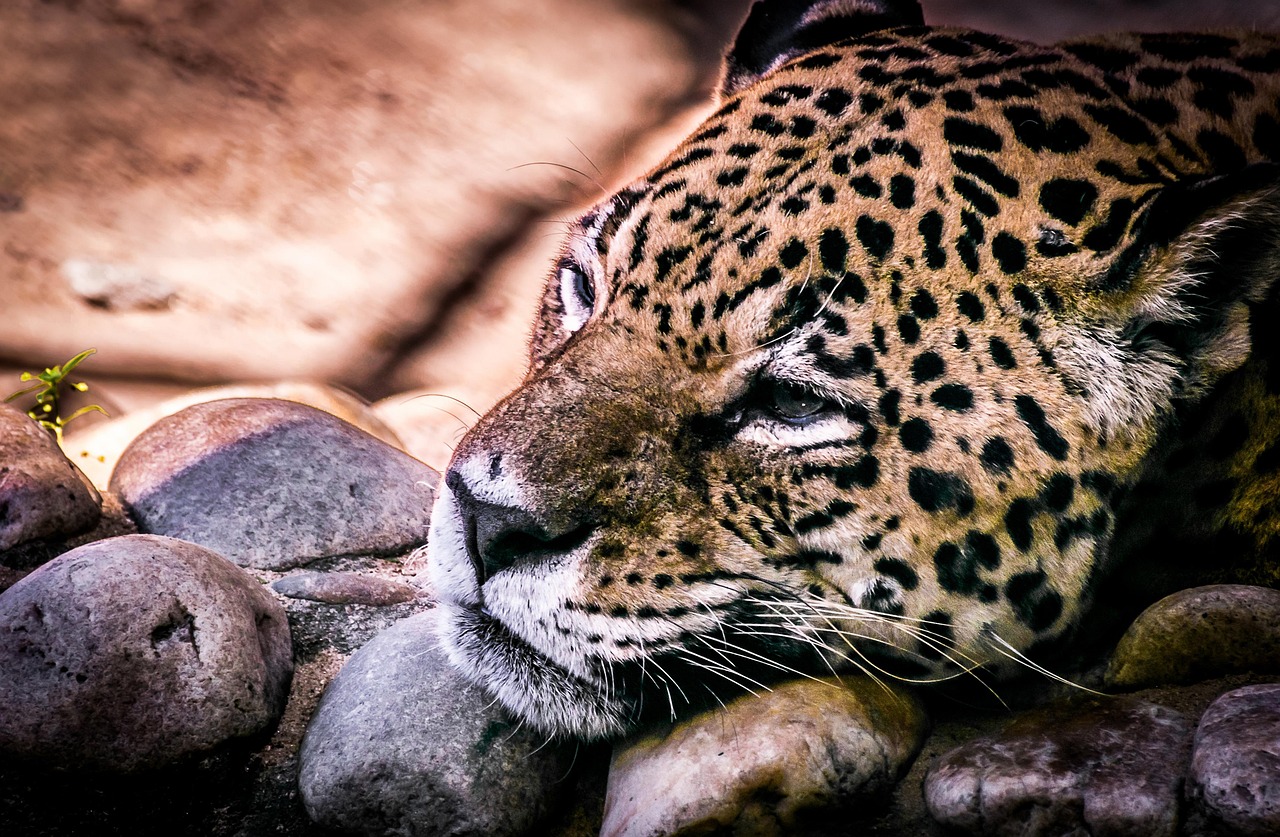The Role of Local Knowledge in Jaguar Safety Education in Tulum
Historical Context of Jaguars in Tulum
Jaguars (Panthera onca), often referred to as the apex predators of their ecosystems, hold a significant place in the natural and cultural heritage of Tulum, Mexico. The region is home to diverse ecosystems, including jungles, wetlands, and coastal areas, providing a rich habitat for the species. Historically, jaguars were revered in ancient Mayan civilization, symbolizing strength and ferocity. Understanding this cultural background is essential when addressing current safety initiatives involving these majestic creatures.
Importance of Local Knowledge
Local communities possess a wealth of knowledge that has been passed down through generations, forming the backbone of effective jaguar safety education. This indigenous wisdom encompasses an understanding of jaguar behavior, habitat, and ecological importance. By incorporating local perspectives into educational programs, initiatives can become more relatable and effective in conveying safety messages.
Local Stakeholder Involvement
Engaging local stakeholders, including indigenous groups, ecologists, and wildlife organizations, is crucial for developing comprehensive safety education programs. These stakeholders can share insights about the intricacies of jaguar habitats, behavioral patterns, and human-jaguar interactions. Their first-hand experiences and observations can enhance the content of safety guidelines and precautionary measures.
Ecological Importance of Jaguars
Jaguars play a key role in maintaining the ecological balance of their habitats. As top-tier predators, they regulate prey populations, which, in turn, affects the overall health of the ecosystem. Local knowledge, particularly from ecologists and conservationists, helps educate communities on the benefits of preserving these predators. Understanding the interconnectedness of species fosters a sense of responsibility among locals, encouraging them to coexist peacefully with jaguars.
Community Workshops and Training Sessions
Community workshops that focus on jaguar safety education are increasingly common in Tulum. These sessions often are led by local experts and conservationists who share their understanding of local wildlife dynamics. Workshops typically cover essential safety tips, such as avoiding areas known for jaguar activity, securing livestock, and using non-lethal deterrents to prevent conflicts. The use of storytelling and traditional knowledge during these sessions makes the information more engaging and memorable.
The Role of Technology
While local knowledge remains a cornerstone of jaguar safety education, modern technology can enhance its effectiveness. Incorporating smartphone applications and online platforms can make safety information accessible to a broader audience. Local guides can integrate GPS tracking and mapping technologies with traditional knowledge to identify high-risk areas based on jaguar sightings, thus informing the community about when to exercise caution.
Educational Materials Tailored to the Community
Developing educational materials that resonate with the local culture is vital for jaguar safety initiatives. Infographics, pamphlets, and digital content that incorporate local languages and cultural symbols can significantly improve understanding. This tailored approach helps ensure the community feels a sense of ownership over the safety measures they are learning about.
Collaboration with Tour Operators
In Tulum, ecotourism thrives, providing an opportunity to incorporate jaguar safety education into the tourist experience. Collaboration between local guides and tour operators can result in a unified approach toward safety messaging. Tour operators can be trained to educate visitors about respecting wildlife and understanding appropriate behaviors when encountering jaguars in their natural habitat. This collaboration offers a dual benefit: it enhances visitor experience while promoting conservation efforts.
Enhancing Human-Wildlife Conflict Resolution
Despite best efforts, human-jaguar conflicts are inevitable in areas where human activities encroach on jaguar habitats. Local knowledge helps identify the underlying causes of these conflicts, whether it’s livestock predation or territorial disputes. By understanding the motivations behind jaguar behavior, local communities can develop proactive strategies to mitigate risks and promote coexistence.
Impact of Local Knowledge on Policy Development
Local knowledge shapes policies aimed at protecting jaguar populations and promoting safety education. Policymakers should prioritize input from indigenous communities and local experts when developing regulations surrounding wildlife conservation and community safety. This collaboration ensures that policies are not only scientifically sound but also culturally appropriate and contextually relevant.
Continuous Learning and Adaptation
The landscape of wildlife conservation is ever-evolving, and so are the methods of education and engagement. Continuous learning through research, community feedback, and adaptive education strategies is crucial. Local knowledge should be viewed as a dynamic resource, one that can evolve as communities gain more experience and insights from jaguar interactions over time.
Case Studies of Successful Initiatives
Successful initiatives around jaguar safety education can serve as valuable case studies for similar regions. For instance, initiatives in nearby Belize have utilized local hunting practices to develop educational programs, effectively reducing conflict and promoting conservation. Examining such examples can inspire and inform Tulum’s ongoing efforts, encouraging the incorporation of local insights into safety education.
The Future of Jaguar Conservation through Local Empowerment
Empowering local communities through education and active participation is fundamental for the long-term conservation of jaguars in Tulum. When people feel invested in their environment, they are more likely to participate in conservation efforts, making informed decisions that respect both human safety and wildlife. Localization of jaguar safety education must remain a priority in the drive toward sustainable coexistence.
Resources for Further Learning
To further engage, community members can explore a variety of resources about jaguar conservation and safety education. Local libraries, environmental NGOs, and online platforms provide valuable information tailored to the region’s unique contexts and challenges. Additionally, incorporating visual media, such as documentaries and social media campaigns, can enhance the outreach of jaguar safety education efforts.
Concluding Thoughts on Collective Efforts
Maintaining a balance between human activity and wildlife conservation in Tulum is a collective responsibility. It requires a unified approach that honors local knowledge, engages community members, and bridges traditional wisdom with scientific research. By weaving together these strands of understanding, Tulum can foster a safer coexistence between its residents and its most iconic predator, the jaguar.







